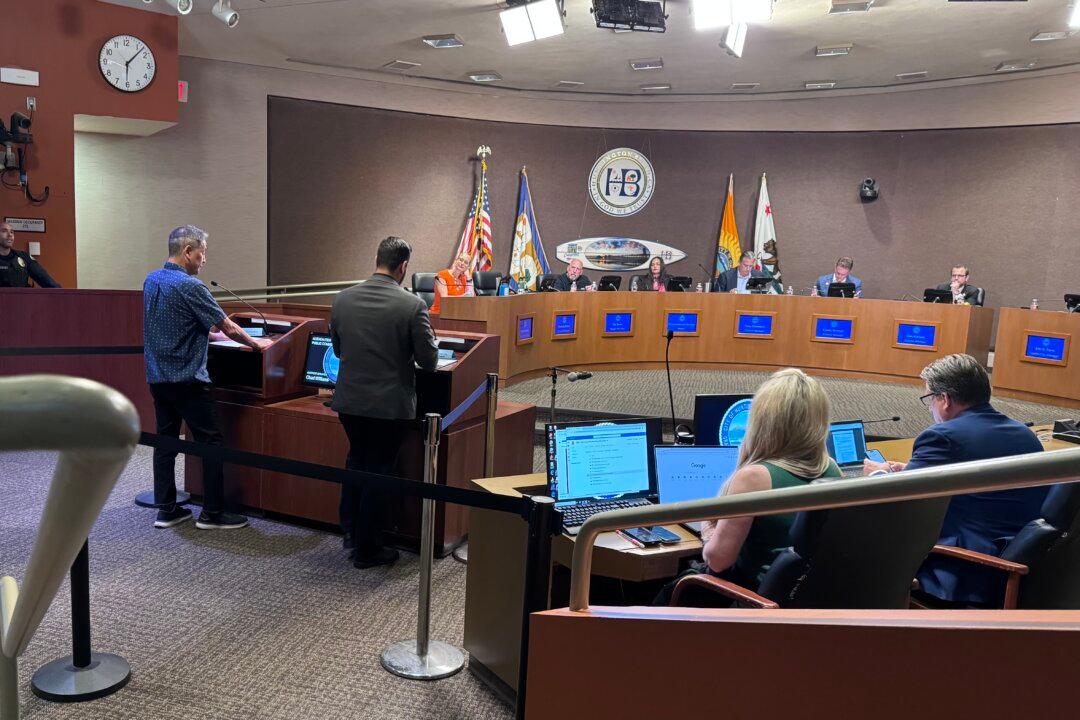Gov. Gavin Newsom Oct. 13 signed a bill that makes tuition more affordable for some low-income residents of Mexico to attend local community colleges in California.
Assembly Bill 91, introduced by Assemblyman David Alvarez (D-San Diego), will create a pilot program allowing Mexico residents who live within 45 miles of the California border to pay in-state tuition to attend one of nine campuses in the San Diego and Imperial Valley Counties Community College Association.
Dr. Mark Sanchez, Superintendent of Southwestern College in Chula Vista, called the bill “transformational ... for the realities of our region.”
“By expanding affordable access to our region’s community colleges, our binational students will be better equipped to enter our workforce and be a part of this thriving binational economy,” Mr. Sanchez said in the same statement.
The program will begin in January 2024, become inoperative by July 2028, and be repealed by January 2029, unless it is renewed by legislators, according to Mr. Alvarez’s office.
When he introduced the bill in January, Mr. Alvarez’s office stated that according to San Diego economic development leaders, the county must “double the amount of people with post-secondary education by 2030 to meet the demands of the local economy.”
That equates to approximately 20,000 new skilled workers each year, Alvarez’s office said.
Mr. Alvarez additionally said passing the bill would “allow these students to enter the local workforce, where they would contribute to San Diego County’s thriving economy and ensure that the region remains an international player for years to come.”
Students in the program will pay in-state tuition—which is $46 per credit—instead of the $346 per credit fee for non-residents.
Additionally, the governing board of the California Community Colleges must enter into a similar in-state tuition agreement with a university in Baja California, Mexico, to allow California residents to attend the school with residential tuition rates as well.
It received support from many regional education groups—such as the California Community Colleges Chancellor’s Office, Community College League of California, San Diego Community College District, as well as the Governor of Baja California—and had no recorded opposition.
The state’s 115 community colleges lost about 340,000 students from 2019 to 2022, according to enrollment data from the California Community Colleges Chancellor’s Office.
However, attendance may be starting to recover, since the chancellor reported enrollment went up this past year spring by 8 percent.
A spokesperson for the Chancellor’s Office told The Epoch Times last year that there were concerns about the schools’ ability to meet the needs of California’s workforce and economy, and officials were working to boost enrollment by “re-imagining” financial aid packages, emergency grants, and scholarships







